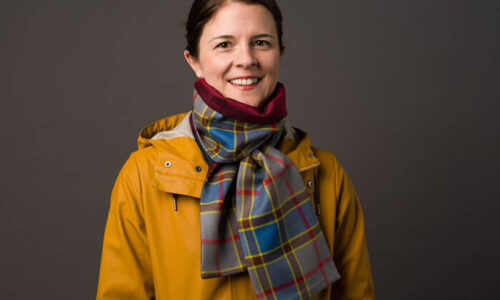Kilts are a traditional garment that is typically associated with Scotland and Irish culture. Both Scotland and Ireland have a rich history of kilts, and the garment has been worn by people from both countries for centuries.
In Scotland, kilts are often worn by men as a form of traditional dress. The kilt is a knee-length skirt made of heavy woolen fabric, typically tartan, which is pleated and fastened at the waist with a belt. The kilt is typically worn with a sporran, a small pouch that hangs from a belt in the front of the kilt, and a sgian dubh, a small knife worn in the sock. Kilts are also often worn with a jacket and other accessories, such as a tartan scarf or a belt with a buckle.
Kilts are worn on many different occasions in Scotland, including weddings, graduations, and other formal events. They are also worn by members of Scottish clans, who may wear a kilt in the clan’s tartan pattern. In modern times, kilts are often worn by men as a symbol of their Scottish heritage or as a fashion statement.
In Ireland, kilts are also worn as a form of traditional dress. However, kilts in Ireland are typically made of solid-colored fabric, rather than tartan. They are often worn with a jacket and other accessories, such as a belt and a buckle.
Kilts in Ireland are most commonly associated with Irish traditional music and dance. Many Irish musicians and dancers wear kilts as part of their performance attire, and kilts are also worn by members of Irish dance troupes and marching bands. Kilts are also worn by Irish people on formal occasions, such as weddings and graduations, and by members of Irish cultural organizations, such as the Gaelic Athletic Association.
In conclusion, kilts are a traditional garment that is associated with both Scotland and Ireland. In Scotland, kilts are worn as a form of traditional dress and are often made of tartan fabric. In Ireland, kilts are worn as a form of traditional dress and are typically made of solid-colored fabric. Both Scotland and Ireland have a rich history of kilts, and the garment continues to be worn by people from both countries today.




